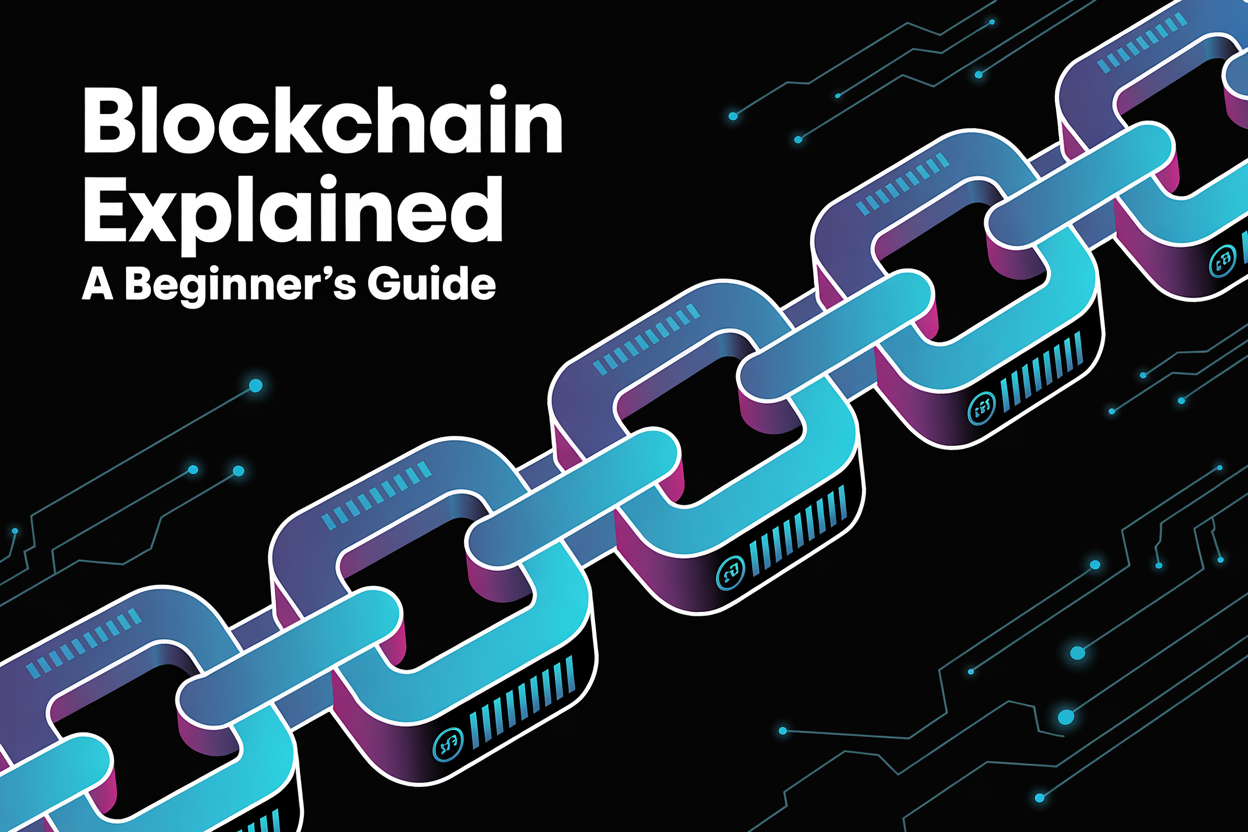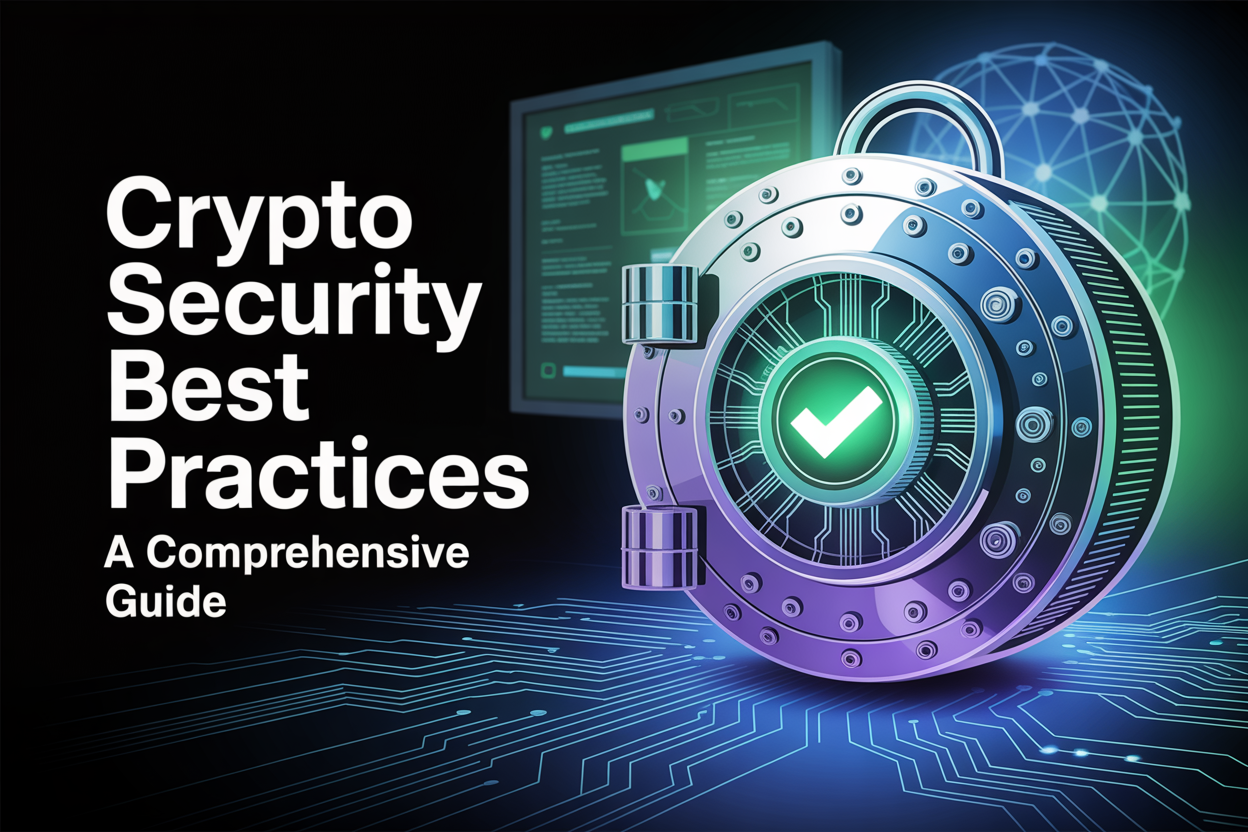Now Reading: DeFi Beyond Ethereum: Other Options
- 01
DeFi Beyond Ethereum: Other Options
DeFi Beyond Ethereum: Other Options

Blockchain-powered financial tools are reshaping how people access services like lending, trading, and asset management. While many associate these innovations with a single network, the ecosystem now spans multiple chains. Newer platforms prioritize speed, affordability, and specialized features to meet diverse needs.
High transaction costs and network congestion have pushed users to explore alternatives. Networks like Binance Smart Chain and Solana offer faster processing times while maintaining core principles of transparency and security. This shift reflects a broader trend toward exploring leading platforms that balance performance with accessibility.
Diversification matters more than ever in blockchain-based finance. Different chains cater to unique use cases, from microtransactions to institutional-grade solutions. Understanding these options helps individuals and businesses optimize their strategies while reducing reliance on any single network.
Key Takeaways
- Multiple blockchain networks now support advanced financial tools beyond traditional systems
- Alternative platforms often provide faster transactions at lower costs compared to older networks
- Diversifying across chains can reduce risk and improve access to specialized features
- Security and transparency remain priorities across all decentralized finance ecosystems
- New technological developments continue expanding possibilities for users and institutions
Understanding the New Landscape of Decentralized Finance
A new wave of financial innovation is breaking free from centralized control. Unlike traditional systems requiring banks or brokers, blockchain-based solutions let people manage assets directly through code-driven protocols. This shift empowers individuals while challenging legacy structures.
What Sets This System Apart
Traditional financial services often involve multiple intermediaries charging fees for verification and execution. Modern alternatives use self-executing agreements stored on public ledgers. These digital contracts handle tasks instantly – from loan approvals to complex trades – without human oversight.
Transparency forms another key difference. Every transaction appears on-chain, letting users audit activity in real time. This visibility reduces fraud risks while building trust through verifiable operations.
From Wall Street to Main Street
The evolution began with basic peer-to-peer transfers but now supports sophisticated tools once reserved for institutions. Farmers in remote areas access crop insurance through mobile apps. Freelancers worldwide borrow against crypto holdings without credit checks.
This system’s modular design lets developers combine protocols like building blocks. A savings account might automatically route funds between lending platforms and exchanges, optimizing returns. Such flexibility creates opportunities that traditional finance couldn’t imagine.
Benefits and Risks in the Decentralized Ecosystem
Decentralized systems introduce transformative opportunities alongside novel challenges for participants. These networks combine cutting-edge technology with open access, creating financial tools that operate differently from conventional models. Users gain more control over assets but must navigate evolving security landscapes.
Enhanced Transparency and Lower Fees
Public ledgers let anyone review transaction histories and protocol rules in real time. This visibility builds trust, as users can independently verify interest rates or fund movements. Traditional systems often obscure these details behind corporate policies.

Automated agreements slash operational costs by removing middlemen. A cross-border payment might cost pennies instead of dollars, while frequent traders save significantly on fees. These decentralized finance platforms also operate nonstop, enabling 24/7 access to global markets.
Yield-generating strategies often outperform traditional savings products. Liquidity providers earn rewards through automated systems, though these mechanisms require careful evaluation.
Potential Vulnerabilities and Market Volatility
Code-based systems carry unique risks. A single smart contract flaw could drain millions in minutes. Investors must prioritize platforms with verified audits and active developer teams.
Cryptocurrency values can swing dramatically within hours. This volatility affects collateralized loans and investment returns. Proper risk management strategies become essential for long-term success.
Regulatory changes add another layer of uncertainty. While blockchain transactions can’t be reversed, users should stay informed about legal developments impacting their activities.
defi without ethereum: Exploring Alternative Blockchains
Financial innovation now thrives across multiple blockchain ecosystems. While the Ethereum blockchain pioneered programmable money, newer networks address scalability challenges. These alternatives balance speed, cost efficiency, and specialized features for diverse financial needs.

Next-Generation Networks Reshaping Finance
Binance Smart Chain (BSC) gained popularity through low-cost transactions and Ethereum compatibility. Its decentralized exchange, PancakeSwap, processes trades faster than many competitors. Solana handles thousands of operations per second, ideal for complex trading strategies.
Polygon enhances Ethereum’s capabilities as a Layer-2 solution. It slashes gas fees while maintaining access to popular protocols. Avalanche’s subnet architecture allows customized blockchain environments for institutional use cases.
Why Users Choose Emerging Platforms
Cost efficiency drives adoption. A single transaction on leading alternatives often costs less than a penny. Confirmation times shrink from minutes to seconds, improving user experience.
Cross-chain bridges enable seamless asset transfers between networks. This interoperability lets traders optimize returns across ecosystems. Energy-efficient consensus mechanisms also appeal to environmentally conscious participants.
Simplified interfaces lower entry barriers. Newcomers can stake tokens or provide liquidity without coding expertise. These advancements make blockchain-based finance accessible to millions globally.
Smart Contracts and Automation in Emerging Platforms
Self-operating code has become the backbone of modern financial applications across blockchain networks. These digital agreements execute automatically when preset conditions meet, removing intermediaries from processes like loans or trades. By encoding rules directly into protocols, they ensure consistent outcomes while slashing processing times.

Role of Smart Contracts in Decentralized Applications
Smart contracts power everything from basic payments to complex derivatives. They enable instant settlements for transactions that traditionally took days. For example, lending platforms release funds automatically once collateral thresholds get verified.
Newer blockchain platforms enhance these tools with upgraded virtual machines and debugging features. Developers now create more secure contracts using languages like Rust and Move. These improvements reduce vulnerabilities while supporting sophisticated logic for advanced financial products.
Composability lets protocols interact like building blocks. One contract might handle currency conversions while another manages yield calculations—all without manual input. Automated market makers demonstrate this innovation, using algorithms to set asset prices instead of order books.
Cross-chain standards are emerging to connect different networks. This allows contracts on separate platforms to share data and trigger actions. Such interoperability unlocks new possibilities for multi-network strategies while maintaining core security principles.
Top DeFi Protocols and Their Unique Offerings
Leading decentralized applications offer specialized tools for modern investors. These platforms combine advanced algorithms with community-driven governance to create flexible financial solutions. Their features range from instant loans to automated trading systems that adapt to market conditions.
Pioneering Features in Modern Platforms
Uniswap transformed digital trading with its automated market maker system. Instead of order books, algorithms balance asset prices using pooled liquidity. This approach lets anyone swap tokens instantly while earning fees as a liquidity provider.
Aave reimagined lending through flash loans – uncollateralized borrowings repaid within seconds. Traders use this for arbitrage or debt refinancing without upfront capital. The platform also offers variable interest rates that adjust based on demand.
SushiSwap enhanced the DEX model by sharing protocol fees with SUSHI token holders. Its BentoBox vault optimizes capital efficiency, letting users earn yield across multiple strategies simultaneously.
Specialized Solutions for Diverse Needs
Curve Finance excels in stablecoin swaps with minimal price impact. Its concentrated liquidity pools attract institutions managing large portfolios. MakerDAO maintains the DAI stablecoin through collateralized debt positions, demonstrating decentralized monetary policy.
Yearn Finance automates yield optimization across lending platforms. Users deposit funds once, and algorithms shift assets between protocols for maximum returns. These innovations show how specialized tools cater to both casual investors and financial professionals.
Yield Farming and Liquidity Provision in New Ecosystems
Modern blockchain platforms have transformed passive income strategies through innovative reward systems. Yield farming lets participants earn returns by supplying digital assets to decentralized protocols. Unlike traditional savings accounts, these systems offer dynamic rewards based on real-time market activity.
Liquidity provision forms the backbone of this ecosystem. Users deposit paired tokens like stablecoins into automated pools that power trading platforms. These contributions enable seamless transactions while generating fee-based income for providers.
Strategies for Optimizing Liquidity Rewards
Diversification across multiple pools reduces risk exposure. Savvy farmers spread assets between stablecoin pairs and volatile markets to balance returns. Monitoring platform incentives helps identify temporary reward boosts for specific tokens.
Timing matters in fast-moving markets. Some providers rotate holdings between farming opportunities as protocols update their reward structures. Automated tools track annual percentage yields (APYs) across platforms, simplifying decision-making.
Risk management remains critical. Impermanent loss – value shifts between paired assets – can offset earnings. Many successful farmers combine short-term yield strategies with long-term staking positions to maximize overall returns.
FAQ
How does decentralized finance differ from traditional banking systems?
Decentralized finance eliminates intermediaries like banks by using blockchain technology. Transactions are automated through smart contracts, offering greater transparency and reduced fees compared to conventional systems.
Which blockchain networks support decentralized applications beyond Ethereum?
Platforms like Solana, Avalanche, and Polkadot enable dApps with faster transactions and lower costs. These networks use unique consensus mechanisms to enhance scalability and attract liquidity providers.
What advantages do non-Ethereum platforms offer for liquidity provision?
Emerging ecosystems often provide higher yield farming rewards and lower gas fees. Projects on networks like Binance Smart Chain or Cosmos allow users to stake assets without congested networks slowing transactions.
How do smart contracts automate financial services in decentralized ecosystems?
Self-executing code on blockchains enables lending, borrowing, and trading without third parties. Protocols like Aave use these contracts to create trustless markets for digital assets.
What makes protocols like Uniswap stand out in decentralized exchanges?
Uniswap’s automated market maker model lets users trade tokens directly from wallets. Its open-source design encourages community-driven innovation, unlike traditional exchange platforms.
Are decentralized financial platforms secure against hacking attempts?
While audits and code reviews improve safety, vulnerabilities in smart contracts can pose risks. Users should research platforms like SushiSwap and monitor for protocol updates to mitigate potential exploits.
Can users earn passive income through liquidity mining on new blockchains?
Yes. Providing tokens to pools on networks like Fantom or Terra generates rewards through trading fees. Strategies involve balancing asset pairs to minimize impermanent loss while maximizing returns.
How does yield farming adapt to different blockchain environments?
Reward structures vary based on network incentives. Polygon, for example, offers lower transaction costs, enabling frequent harvesting of yields compared to higher-fee environments.














